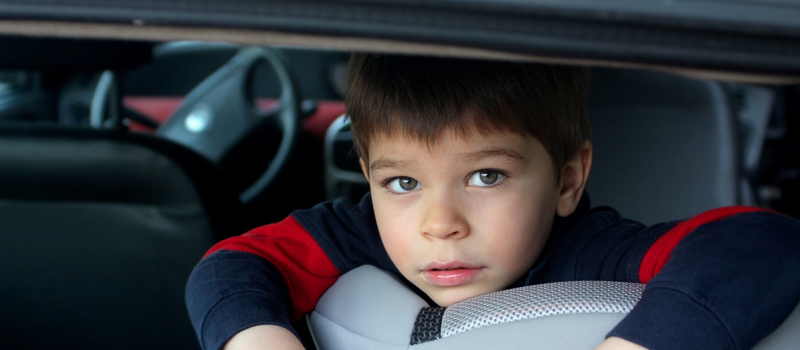Motor vehicle accidents are a serious problem for people of all ages, but are exceptionally dangerous for children. In the United States, 723 children under the age of 12 died in motor vehicle crashes during 2016, while more than 128,000 were injured. Ultimately, car crashes are one of the leading causes of death and serious injury among children in the United States.
If your family is dealing with the devastating aftermath of a car accident that has injured a child, it’s imperative that you know how to respond. The first few weeks and months after the incident are the most important.
Common Injuries Suffered by Children in Crashes
Few things are worse than watching a child suffer. Whether it’s an infant, toddler, young child, or teenager, the experience of seeing a child in physical pain is gut wrenching. In these situations, some of the most common injuries include:
- Head and neck injuries. These are the most common trauma sustained by children in car crashes. Head and neck injuries include things like whiplash, concussions, contusions, and skull base fractures. In serious cases, traumatic brain injuries can occur.
- Back injuries. Before puberty, a child’s spine strength is only a fraction of that of an adult. Unfortunately, many car accidents lead to back and spinal injuries. The result is often long-term damage that goes with children well into adulthood.
- Airbag injuries. Airbags are designed to protect passengers – and they typically do – but this often comes at the expense of injuries to small children. Broken noses and facial lacerations are common.
- Cuts and lacerations. In car accidents where windows and/or windshields break, shards of glass can cause lacerations to the face, arms, and other body parts. Sometimes these cuts are deep enough to require stitches, which can result in scarring.
- Fractures and broken bones. A young child’s bones aren’t nearly as strong as an adult’s. This means children are more likely to suffer fractures and bone breaks – particularly in the hand, foot, or wrist. It’s even possible to sustain a broken pelvis from a seat belt.
- Permanent disability. When accidents are serious enough, permanent disability can occur. This is most likely to happen with spinal cord injuries, traumatic brain injuries, nerve damage, or the loss of a limb.
- Psychological challenges. Regardless of whether a child sustains serious physical injuries in a car accident, the experience of being involved in a traumatic event can produce psychological challenges that require ongoing therapy and counseling.
3 Steps Parents Should Take
Obviously no two situations are the same. Every injury is unique to the individual child and must be dealt with accordingly. However, you can restore some sense of confidence to the situation by knowing how to proceed. Here are a few recommended steps of action:
-
Continue Getting Medical Care
Even after your child receives the necessary initial care to stabilize health, continue investing in ongoing medical care to ensure proper recovery and minimize any long-term effects. Try not to worry so much about the costs. All medical expenses will be up for negotiation in any claims or lawsuits that are filed.
-
Hire a Lawyer
“Children, despite being underage, still have the right to obtain compensation for what they’ve been through,” Crain Lewis Brogdon, LLP explains. “As their legal guardian or parent, you have the right to file a claim on their behalf so that they can secure the funds they need to pick up the pieces of their lives.”
The best thing you can do is hire a lawyer who specializes in car accidents. Better yet, find someone who has experience working with cases involving children. This will allow you to focus on your child’s immediate needs without compromising your child’s future.
- Be There for Your Child
As important as it is to deal with insurance companies, legal matters, and financial issues, don’t forget to be there for your child. Lending emotional support, comfort, and love is equally as important. Prioritize your role as a parent above all else.
Think About Your Child’s Future
As a parent, it’s your responsibility to make sure your child has the best opportunity to live a happy and healthy life. Though factors like car accidents are outside of your control, there are still steps you can take to help your child recover. Develop a plan, lend support, and do what’s in your child’s best interest.

